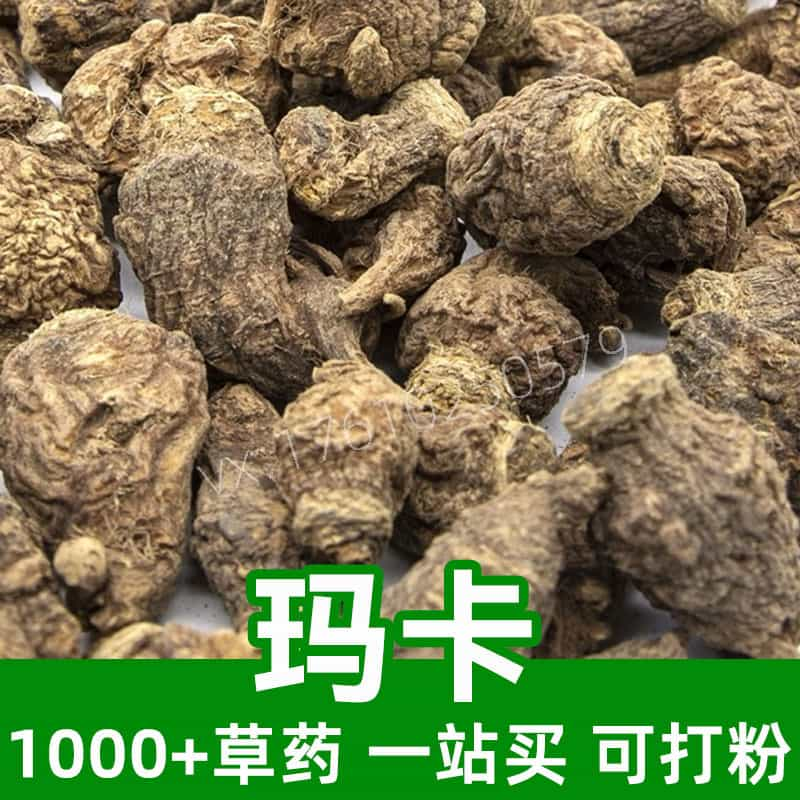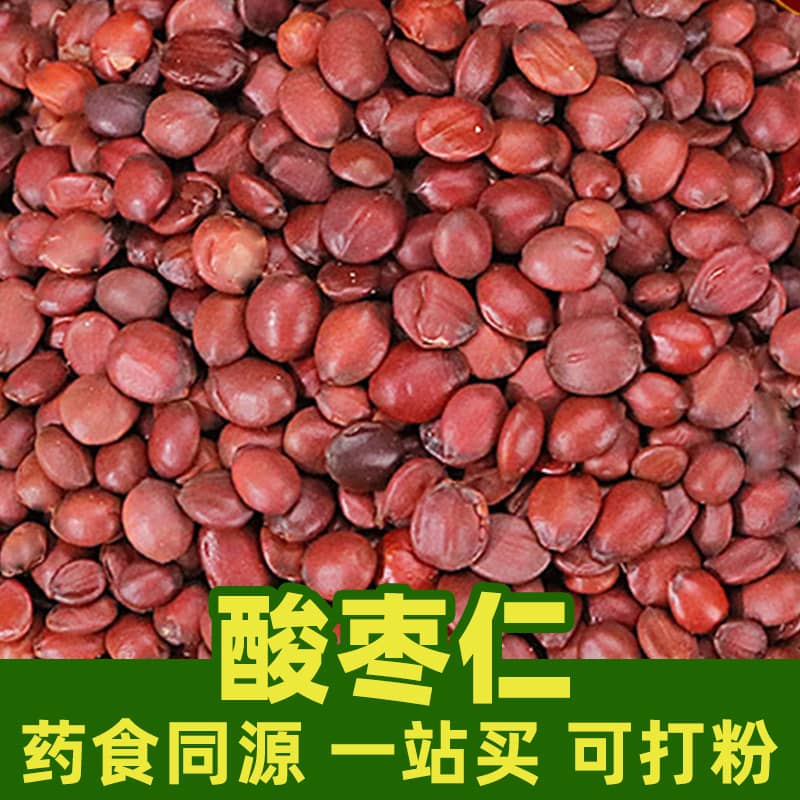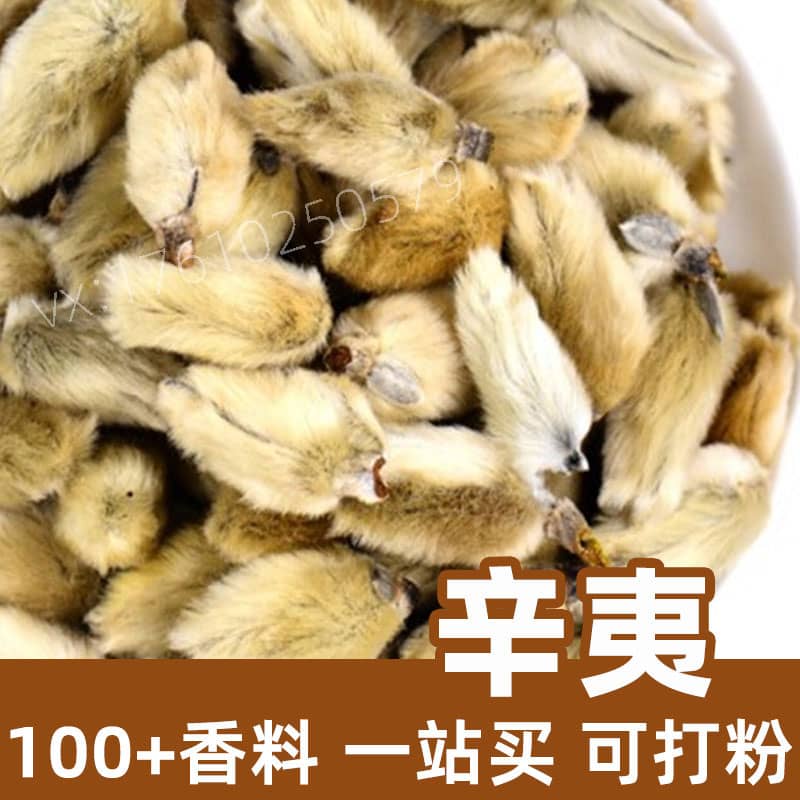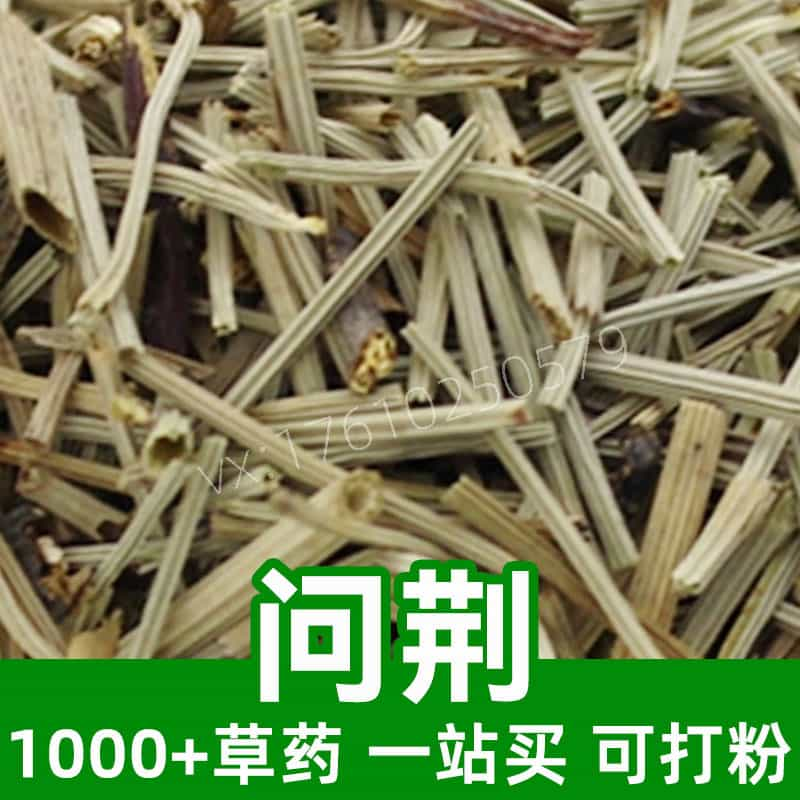Citrus Product Overview
Citrus is a common fruit valued for its rich vitamin C, vitamin A, and flavonoid content. Originating in subtropical and tropical regions like China, the U.S., and Brazil, citrus is widely cultivated. Known for its cooling and thirst-quenching effects, it is commonly used in food therapy, juice production, and cooking.
Main Active Components of Citrus
Citrus fruits are nutrient-dense and contain several bioactive compounds:
- Vitamin C (Ascorbic Acid):
- A key component, vitamin C is a powerful antioxidant that protects cells from free radical damage, supports collagen production, and promotes skin health and wound healing.
- Flavonoids:
- Compounds like hesperidin and quercetin provide antioxidant, anti-inflammatory, and anticancer properties, boosting immunity and reducing the risk of cardiovascular diseases and cancer.
- Citric and Malic Acids:
- These organic acids help lower blood cholesterol, aid digestion, and support gut health.
- Volatile Oils:
- Found in the peel, these oils, including limonene, contribute a fresh aroma and are used in flavoring and the fragrance industry.
- Fiber:
- Soluble and insoluble fiber in citrus promotes gut motility, regulates blood sugar and cholesterol levels, and prevents constipation.
- Minerals:
- Potassium, calcium, magnesium, and phosphorus help maintain pH balance, stabilize blood pressure, and support bone health.
- Polyphenols:
- Compounds like naringin and rutin provide antioxidant, anti-inflammatory, and antibacterial effects, aiding disease prevention and health promotion.
- Alkaloids:
- Citrus contains trace alkaloids like synephrine and auraptene, which exhibit antibacterial, calming, and fever-reducing properties.
These components make citrus a highly nutritious and health-promoting fruit widely utilized in food, health supplements, and cosmetics.
Citrus Applications and Usage
Citrus fruits play an essential role in traditional medicine and the food industry:
- Traditional Medicine Applications:
- Clearing Heat and Reducing Phlegm: Used to treat colds and coughs.
- Appetite Stimulation: The aroma aids in digestion and alleviates nausea.
- Hangover Relief: Helps alleviate bloating and nausea after alcohol consumption.
- Regulating Qi and Moistening Lungs: The volatile oils support respiratory health and reduce chest congestion.
- Usage in Traditional Medicine:
- Fresh Consumption: Eating 1–2 citrus fruits daily provides both taste and health benefits.
- Infused Water: Boiling citrus peel in water creates a remedy for coughs and dryness.
- Food Applications:
- Juice Production: Citrus juice is rich in nutrients and a popular beverage choice.
- Jam Making: Retains nutrients while enhancing flavor and texture.
- Culinary Seasoning: The peel adds zest to meats, seafood, or salads.
- Recommended Dosage:
- Juice: Limit intake to 300 mL daily to avoid overconsumption.
- Jam: Consume as desired based on personal taste preferences.
- Cooking: Add peel in moderation to preserve the dish's original flavor.
Citrus Plant Origin, Distribution, and Growth Environment
Citrus, scientifically classified under the Citrus genus of the Rutaceae family, encompasses species like oranges, lemons, and grapefruits.
- Plant Origin:
- Taxonomy: Belongs to the Rutaceae family and Citrinae subtribe.
- Features: Evergreen trees or shrubs with gray or brown bark, compound leaves, and bright yellow to orange fruits.
- Distribution:
- Native Region: Southeastern China.
- Global Cultivation: Found in tropical and subtropical regions of Asia, Africa, the Americas, and Oceania.
- Growth Conditions:
- Climate: Prefers warm, humid climates with ample sunlight.
- Soil: Thrives in well-drained, fertile soils.
- Altitude: Grows at various altitudes, from lowlands to mid-elevation areas.
- Growth Habits:
- Characteristics: Fast-growing perennials with a long lifespan.
- Propagation: Primarily grafting, but also grown from seeds or cuttings.
Citrus is a globally popular fruit, celebrated for its diverse varieties and versatile uses.
Citrus Harvesting, Processing, and Storage
Proper handling ensures citrus retains its quality and shelf life:
- Harvesting Time:
- Harvest when fully ripe, typically from autumn to winter.
- Picking Method:
- Use scissors or gently detach by hand to avoid damaging the peel.
- Processing:
- Remove leaves, wash, and grade fruits. Dry thoroughly to prevent mold growth.
- Storage Conditions:
- Optimal temperature: 10–15°C. Relative humidity: 85–90%.
- Storage Containers:
- Use ventilated boxes or baskets made of wood, plastic, or paper.
Citrus is a delicious and versatile fruit that offers numerous health benefits and culinary uses.
Monica Sun is a seasoned expert in the natural raw materials industry, with over a decade of experience specializing in traditional Chinese medicinal herbs, spices, and fungi. She is skilled in the sourcing, processing, and application of these materials, emphasizing sustainability and innovation. Monica Sun has contributed to the development of high-quality natural raw materials that serve as essential components in functional foods, pharmaceuticals, and cosmetics, delivering tailored solutions to meet diverse market needs.















